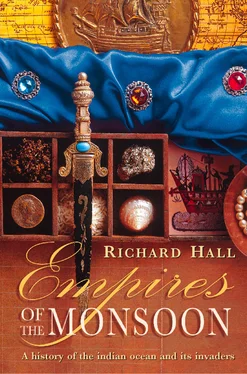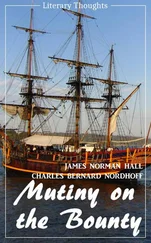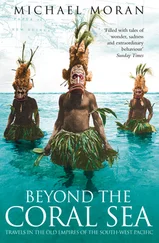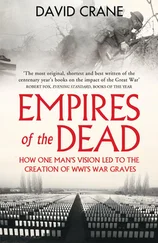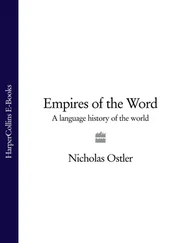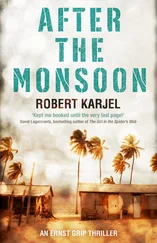About the time when Marco was in India, the ruler of Ceylon, named Buvanekabahu, had sent an envoy to Cairo in a bid to win a share of this trade. His message to the Mamluke rulers said: ‘I have a prodigious quantity of pearls and precious stones of every kind. I have vessels, elephants, muslins and other cloths, wood, cinnamon, and all the objects of commerce which are brought to you by the banian merchants.’ 3However, the Indian monopoly was to prove far too strong for him to break, although the discovery of Ceylonese coins near Mogadishu, in the Horn of Africa, suggests that Buvanekabahu may have had some success in expanding his island’s trade.
Marco was impressed by India’s exports of cotton and imports of gold; one of the shipping routes took merchants directly across the ocean, to exchange brightly-coloured cloth for the gold of southern Africa. A trade which continued to fascinate him was the traffic in horses from Arabia and Persia. ‘You may take it for a fact that the merchants of Hormuz and Kais, of Dhofar and Shihr and Aden, all of which provinces produce large numbers of battle chargers and other horses, buy up the best horses and load them on ships and export them.’ Some were sold for as much as 500 saggi (about 2,500 grams) of gold, and one kingdom alone on the Coromandel coast imported about 6,000 horses a year. By the end of the year no more than 100 would still be alive, because the Indians had no idea of how to care for them. According to Marco, the merchants who sold the horses did not allow any veterinarian to go with the animals, because they were ‘only too glad for many of the horses to die’.
The social customs of India are also recounted in the Description of the World , including the practice of suttee, by which widows flung themselves on the funeral pyres of their husbands. Marco notes how Hindu superstitions governed business deals; the appearance of poisonous spiders or the length of shadows were taken as omens. He tells of the behaviour of yogis in great detail, and while their beliefs seemed bewildering at times – even green leaves had souls, so it was a sin to eat off them – he had come across many strange things on his travels and was usually too broad-minded to scoff.
The Indian people were ‘idolators’, and the inquisitive Venetian soon discovered what went on at Hindu festivals. True to form, he took a particular interest in the temple maidens, who did a great deal of dancing to conciliate the gods and goddesses: ‘Moreover, these maidens, as long as they are maidens, have such firm flesh, that no one can in any way grasp or pinch them in any part of their bodies. And, for the price of a small coin, they will let a man try and pinch them as hard as he likes. When they are married, their flesh remains firm, but not quite so much. On account of this firmness, their breasts do not hang down, but always remain stiff and erect.
Amid such diverting ribaldry there was ample proof that the riches of the East were indeed beyond compare. What had Marco said about Beijing? ‘It is a fact that every day more than 1,000 cartloads of silk enter the city; for much cloth of gold and silk is woven here.’ Almost anywhere in the East, it seemed, a few groats would purchase treasures worth a fortune, if they could be brought back to Europe.
Marco never set foot in Africa, but he had collected a hotchpotch of facts and falsehoods about it during his travels. He begins his description of the continent by giving an accurate account of Socotra island, with its population of Nestorian Christians. However, he is far from clear about Socotra’s position, putting it ‘about 500 miles’ to the south of two completely mythical places, about which absurdities had been written for centuries: the Male and Female islands, whose inhabitants met once a year for sexual congress.
He next tells how whales are hunted in the Indian Ocean, with so much detail that the account reads more like recollected experience than hearsay. One part tells what the hunters do after drugging a whale with a concoction of tunny fish:
Then some of the men climb on to it. They have an iron rod, barbed at one end in such wise that, once it has been driven in, it cannot be pulled out again … One of the hunters holds the rod over the whale’s head, while another, armed with a wooden mallet, strikes the rod, straightway driving it into the whale’s head. For, on account of its being drunk, the whale hardly notices the men on its back, so that they can do what they will. To the upper end of the rod is tied a thick rope, quite 300 paces long, and every fifty paces along the rope, a little cask and a plant are lashed. This plank is fixed to the cask in the manner of a mast …
Marco goes on to remark upon the amount of ambergris found in that part of the Indian Ocean, rightly saying that it comes from the whale’s belly.
He calls Madagascar ‘one of the biggest and best islands in the whole world’, about 4,000 miles in circumference. This almost doubles Madagascar’s true size, but is a geographical revelation, considering the time when he was writing. He could have collected such details only from Indian or Arab captains who had sailed to the island. Marco then goes on to air that persistent myth of the rukh , living in Madagascar. Calling it a gryphon, Marco rejects reports that it is a cross between a lion and an eagle, asserting that ‘actual eye-witnesses’ describe it as like an ‘eagle of colossal size’. He then adds a brief, intriguing aside, saying that the Mongol emperor had despatched emissaries to Madagascar and Zanzibar to ‘learn about the marvels of these strange islands’. The first was imprisoned, so a second was sent to have him freed.
One of Marco’s worst errors was to mix up Madagascar and Mogadishu in the Horn of Africa: ‘The meat eaten here is only camel-flesh. The number of camels slaughtered here every day is so great that no one who has not seen it for himself could credit the report of it.’ This is exactly true to Mogadishu, but certainly not of the great island 2,000 miles to its south. (It is testimony to the influence of Marco Polo that the name Madagascar, taken directly from his writings, has survived despite being based upon a total confusion.)
When he goes on to talk of Zanzibar island, he seems to confuse it with the entire Zanj region, claiming that it is 2,000 miles in circumference. Of the Africans he says: ‘They are a big-built race, and though their height is not proportionate to their girth they are so stout and so large-limbed that they have the appearance of giants. I can assure you that they are also abnormally strong, for one of them can carry a load big enough for four normal men. And no wonder, when I tell you that they eat enough food for five.’ Their hair was ‘as black as pepper’ and they ‘went entirely naked except for covering their private parts’.
His description of their physical features leaves no doubt that Marco had met and studied Africans, for many were held in slavery in India, and others employed as mercenaries. He may also have encountered them in China, where by the thirteenth century it was not uncommon for the rich to have black ‘devil-slaves’. They were, he says, good fighters who ‘acquit themselves very manfully in battle’.
His narrative turns next to Abyssinia, ‘Middle India’, whose king is correctly identified as a Christian, with six vassal monarchs within his empire. The Muslims lived ‘over in the direction of Aden’, and Marco relates how the sultan of Aden (‘one of the richest rulers in the world’) enraged the king of Abyssinia in 1288 by seizing one of his bishops and having him forcibly circumcized ‘in the fashion of the Saracens’. As a result, the Abyssinian Christians declared war and won a momentous victory, ‘for Christians are far more valiant than Saracens’. The story ends with a description of the lands laid waste to avenge the mutilated bishop, then is rounded off with a flourish which has a ring of the scribe Rustichello: ‘And no wonder; for it is not fitting that Saracen dogs should lord it over Christians.’
Читать дальше
